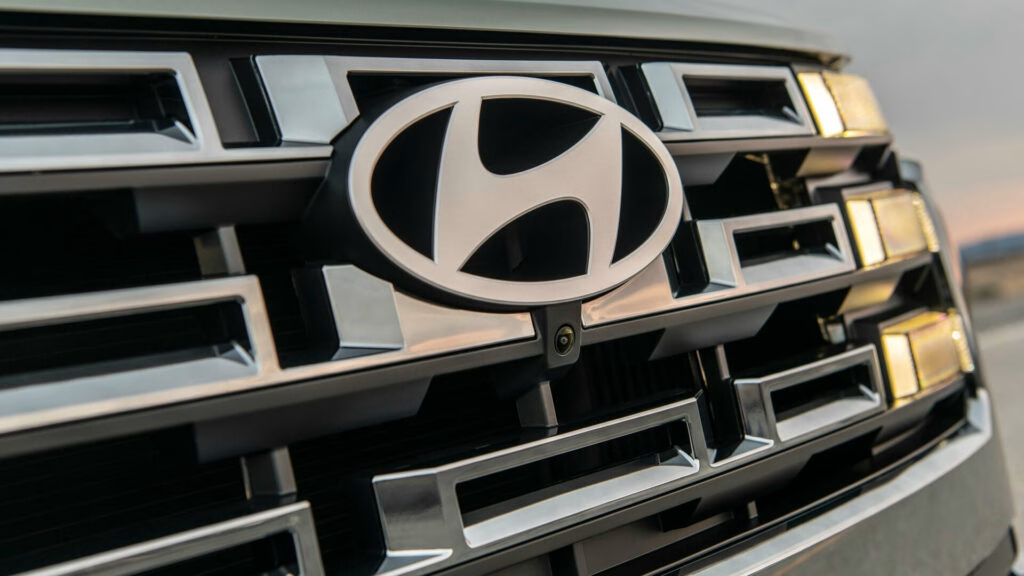What’s Hyundai’s Big Plan for the Next Decade?
Hyundai isn’t just dipping its toes into the future—it’s diving in headfirst. The company recently laid out a bold vision for 2030, and it’s packed with new vehicles, smarter tech, and a clear push to win over more drivers in North America and beyond. Let’s break down what this means if you’re a car buyer, an EV enthusiast, or just curious about what’s next on the road.
Is Hyundai Really Launching a Mid-Size Truck in America?
Yes, and it’s about time. Hyundai has confirmed it will introduce its first mid-size pickup truck in North America before 2030. This isn’t just a side project—the company is targeting one of the most competitive segments in the U.S., going up against heavyweights like the Chevrolet Colorado, Ford Ranger, Toyota Tacoma, and Nissan Frontier.
Why now? Hyundai’s compact Santa Cruz, launched in 2021, gave the brand a taste of the American truck market. While it’s not outselling the big names yet, Hyundai has learned what works (and what doesn’t) with U.S. truck buyers. The upcoming mid-size truck will build on that experience, aiming to blend Hyundai’s reputation for value with the ruggedness American drivers expect. If you’ve been holding out for a fresh face in the truck world, keep your eyes peeled—this could shake things up.
What’s Happening with Hyundai’s N Performance Lineup?
Performance fans, rejoice. Hyundai’s N division is set for major growth, with plans to expand to more than seven models by 2030. The star of the show? The all-new Ioniq 6 N, a high-performance EV designed to go toe-to-toe with the likes of Tesla’s sportiest offerings.
Hyundai isn’t just chasing numbers, either. The goal is to sell over 100,000 N models globally each year, making the N badge a familiar sight on roads everywhere. Expect more hybrids and electrified options, too—Hyundai wants to make sure there’s an N model for every kind of enthusiast, whether you’re after raw speed or eco-friendly thrills.
How Is Hyundai Approaching Electric Vehicles and Range Anxiety?
Here’s where things get really interesting. Hyundai is betting big on electric vehicles, with a wave of new models on the way. Europe will see the entry-level Ioniq 3, aimed squarely at the mass market and featuring a next-gen infotainment system. India and China are getting their own locally designed EVs, including the Elexio SUV and a new C-segment sedan.
But the real game-changer is Hyundai’s upcoming range-extended EVs, set to debut in 2027. These vehicles promise over 600 miles of combined range—yes, you read that right—thanks to high-performance batteries developed in-house. The twist? They’ll deliver full EV power with less than half the battery capacity of current models. That means lower costs, less weight, and (hopefully) an end to range anxiety for good.
To back all this up, Hyundai is rolling out a cloud-based battery management system in 2026, designed to optimize performance and extend battery life using real-world data. And by 2027, expect next-gen batteries that are 30% cheaper and 15% more energy-dense, with faster charging to boot. For anyone worried about EV ownership hassles, these changes could be a breath of fresh air.
Will Hyundai’s Commercial and Hybrid Lineup Expand Too?
Absolutely. Hyundai’s not just focused on passenger cars. By 2030, the brand plans to offer more than 18 hybrid models and is pushing into commercial vehicles with large electrified vans, the XCIENT fuel cell truck, and Translead trailers. Next-generation fuel cell systems are also in the works, promising higher efficiency and durability for demanding business needs.
What’s in Store for Genesis, Hyundai’s Luxury Brand?
Genesis is getting plenty of attention in this roadmap. The luxury arm will soon offer hybrid, electric, and range-extended models, with the first hybrid arriving as early as next year. Genesis is targeting annual sales of 350,000 units by 2030, expanding its reach in the U.S., Europe, Korea, China, and emerging markets.
In the U.S., Genesis will ramp up local production and introduce range-extended EVs, with hints at ultra-bespoke, ultra-luxury vehicles on the horizon. Europe is also a key focus, with plans to be present in up to 20 markets. If you’ve been eyeing a luxury EV, Genesis is positioning itself as a serious contender.
How Is Hyundai Boosting U.S. Production and Jobs?
Hyundai’s commitment to the U.S. market is more than just talk. The company’s Metaplant in Georgia is set to increase its annual production capacity to 500,000 vehicles by 2028. That’s a big leap, and it comes with a $2.7 billion investment and the creation of 3,000 direct and indirect jobs.
By 2030, Hyundai aims to build more than 80% of the vehicles it sells in the U.S. right here at home, up from 60% today. That means more local jobs, a stronger supply chain, and (potentially) shorter wait times for buyers. It’s a win-win for American drivers and the communities where Hyundai operates.
What Does This Mean for Car Buyers and the Industry?
Hyundai’s roadmap isn’t just a list of new models—it’s a sign of how quickly the auto industry is changing. The company is betting that a mix of electrification, performance, and local investment will help it stand out in a crowded market. And with global sales targets of 5.55 million vehicles by 2030, Hyundai is clearly aiming high.
The big takeaway? Hyundai’s next chapter isn’t about perfection—it’s about smarter adjustments. Start with one change this week, and you’ll likely spot the difference by month’s end. Whether you’re shopping for a new truck, a sporty EV, or just watching the industry evolve, Hyundai’s moves are worth keeping on your radar.

